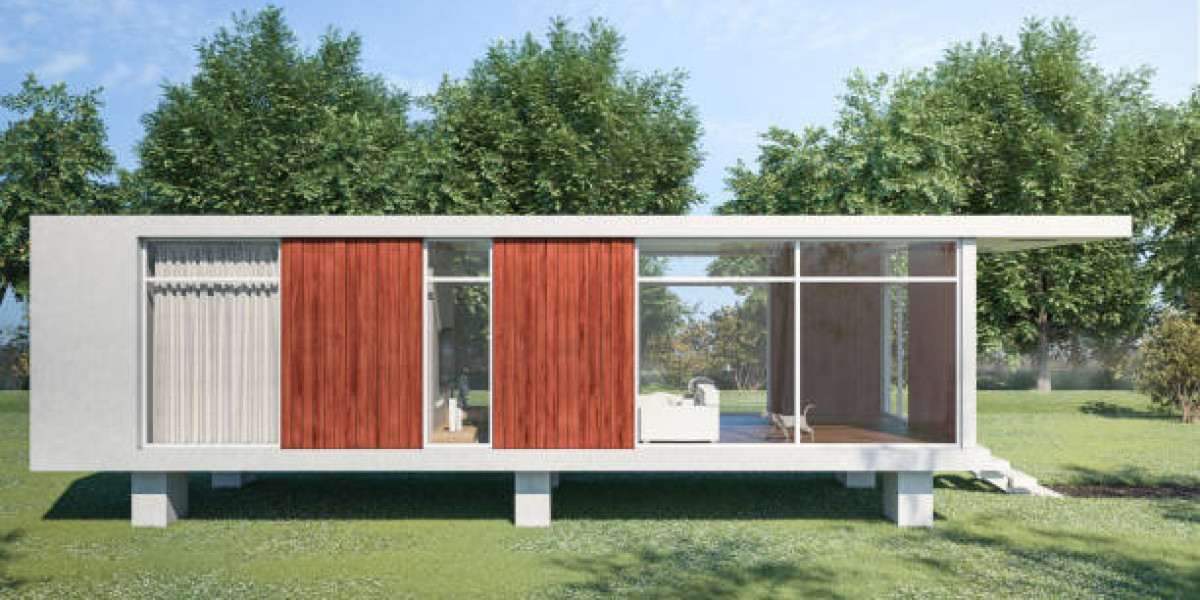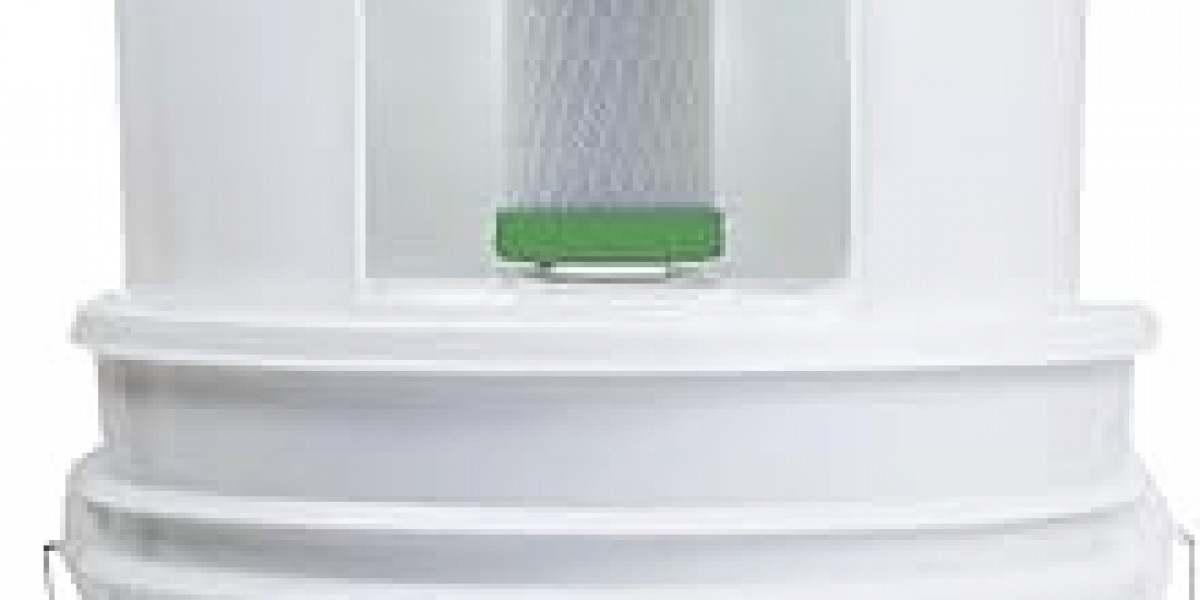Australia’s vast landscapes and diverse climates make it an ideal playground for off-grid living, and off-grid tiny homes are leading the charge. These compact, self-sufficient dwellings offer a way to escape the hustle of urban life, cut ties with utility bills, and embrace a sustainable lifestyle. Whether you’re dreaming of a remote bush retreat or a coastal hideaway, off-grid tiny homes in Australia combine freedom, affordability, and eco-conscious design. In this 1000-word blog, we’ll explore what defines these homes, their benefits, key features for off-grid success, and how to make the leap. Let’s dive into the world of off-grid tiny living Down Under!
What Are Off-Grid Tiny Homes?
An off-grid tiny home is a small dwelling—typically under 50 square meters—designed to operate independently of public utilities like electricity, water, and sewer systems. In Australia, these homes often sit on trailers for mobility or foundations for permanence, blending the tiny home movement’s minimalism with self-sufficiency. They rely on renewable energy (solar, wind), water harvesting (rain tanks), and waste management (composting toilets) to function without grid connections.
The appeal lies in their versatility. You might park one on a rural property in Tasmania or a friend’s backyard in Queensland. Built with lightweight materials like steel or timber, they’re engineered for Australia’s harsh conditions—think scorching summers, wet tropics, or frosty highlands. Off-grid tiny homes are about living simply, sustainably, and on your terms, making them a growing trend in a country where housing costs and environmental concerns are front of mind.
Benefits of Off-Grid Tiny Homes in Australia
Why go off-grid with a tiny home? The advantages stack up:
Sustainability: By harnessing solar power and rainwater, these homes slash your carbon footprint. A typical off-grid setup can reduce energy use by 70% compared to a standard Aussie household.
Cost Savings: No utility bills mean more money in your pocket. Initial setup costs (around $20,000-$50,000) are offset by long-term savings—think $1,000-$2,000 annually vs. grid-connected homes.
Freedom: Live where you want, from outback plains to coastal dunes, without relying on infrastructure. Trailer-based homes add mobility, letting you chase the seasons.
Affordability: Even fully equipped, off-grid tiny homes cost far less than traditional houses, with prices ranging from $30,000 to $100,000 versus the national median of $800,000+.
Minimalism: Downsizing forces you to prioritize what matters, cutting clutter and fostering a simpler, less stressful life.
For Aussies fed up with skyrocketing rents or mortgages—averaging $500+ weekly in cities—these homes offer a liberating alternative.
Key Features for Off-Grid Living
To thrive off-grid, a tiny home needs the right setup. Here’s what to look for:
Solar Power: A rooftop solar array (1-3 kW) paired with batteries (like lithium-ion) powers lights, appliances, and devices. In sunny Australia, this can generate 4-6 kWh daily—plenty for a tiny home.
Water Harvesting: Rainwater tanks (1,000-5,000 liters) collect runoff from the roof, filtered for drinking or washing. A greywater system recycles sink water for irrigation.
Composting Toilets: These waterless wonders turn waste into compost, eliminating the need for sewer hookups. Brands like Nature’s Head are popular picks.
Insulation: High-quality insulation—think double-glazed windows or wool batts—keeps the home cool in summer and warm in winter, cutting energy needs.
Compact Design: Lofts, fold-out furniture, and built-in storage maximize space, ensuring comfort in a small footprint.
Take James, a Victorian off-grider who built his tiny home for $45,000. With solar panels, a 2,000L tank, and a composting loo, he’s lived off-grid for three years, spending just $200 annually on propane. His story shows how these features turn a tiny home into a self-sufficient haven.
Where to Find Off-Grid Tiny Homes in Australia
The market for off-grid tiny homes is booming, with suppliers catering to every budget and vision. Online platforms like Tiny House Listings Australia and Gumtree offer pre-built and kit options, while events like the Melbourne Tiny House Expo let you see homes up close. Companies like Cabin Connect in NSW provide turnkey off-grid cabins from $60,000, complete with solar and water systems.
For a standout choice, Konpak sustainable tiny homes deliver steel-framed designs built for off-grid life, with kits starting under $10,000 and full builds up to $150,000. Based in Northern NSW, they ship Australia-wide, offering durable, eco-friendly homes that pair perfectly with solar setups and rainwater tanks. Local councils and tiny home communities—like those in South Australia’s Fleurieu Peninsula—can also connect you with builders or land for your off-grid dream.
How to Get Started with Off-Grid Tiny Living
Ready to go off-grid? Here’s a roadmap:
Set Your Budget: Factor in the home ($30,000-$100,000), off-grid systems ($5,000-$15,000), and land (if buying, $50,000+ in rural areas). Leasing land cuts costs.
Choose Your Home: Decide between a kit (DIY-friendly) or turnkey (ready-to-go). Trailer homes dodge some permits; fixed ones need council nods.
Plan Your Systems: Size your solar array and water tank based on your needs—1-2 people might need 2 kW solar and 2,000L water annually.
Check Regulations: Tiny homes on wheels often classify as caravans (no permits), but permanent setups require local approval. Research your area’s rules.
Test the Lifestyle: Rent an off-grid tiny home via Airbnb first to see if it suits you—many are listed in NSW and Tasmania.
Start small, tweak as you go, and soon you’ll be living the off-grid life Aussies are raving about.
Conclusion
Off-grid tiny homes in Australia are more than a housing trend—they’re a lifestyle revolution. Combining affordability, sustainability, and freedom, they let you live lightly on the land while dodging the grid’s costs and constraints. From solar-powered retreats to rainwater-fed cabins, these homes prove you don’t need much space to live richly. Whether you’re in the outback or a suburban backyard, off-grid tiny living offers a path to independence and eco-conscious joy. Explore your options, pick a setup, and embrace the tiny, off-grid adventure—it’s Australia’s future, one small home at a time.
FAQs About Off-Grid Tiny Homes Australia
Here’s a quick Q&A to guide your off-grid journey:
What’s the difference between off-grid and on-grid tiny homes?
Off-grid homes run independently with solar, water tanks, and composting toilets; on-grid homes connect to public utilities like power and sewer.How much does an off-grid tiny home cost in Australia?
Expect $30,000-$100,000, including the home and off-grid systems. Kits start cheaper ($10,000-$30,000), while turnkey builds hit the higher end.Can I live off-grid legally in Australia?
Yes, but it varies. Trailer homes often skirt permits as caravans; fixed homes need council approval—check your local zoning laws.How do I power an off-grid tiny home?
Solar panels (1-3 kW) with batteries are standard, supplemented by wind or gas generators in low-sun areas.- What’s the biggest challenge of off-grid tiny living?
Water management—harvesting enough rain and conserving it—tops the list, especially in dry regions. Plan your tank size wisely.







